Dacia Sandero vs Mitsubishi ASX – Which one offers the better deal?
Two cars, one duel: Dacia Sandero meets Mitsubishi ASX.
Which one wins in performance, efficiency and value for money? Find out now!
Costs and Efficiency:
When it comes to price and running costs, the biggest differences usually appear. This is often where you see which car fits your budget better in the long run.
Dacia Sandero has a significantly advantage in terms of price – it starts at 10700 £, while the Mitsubishi ASX costs 20600 £. That’s a price difference of around 9857 £.
Fuel consumption also shows a difference: Mitsubishi ASX manages with 4.40 L and is therefore distinct more efficient than the Dacia Sandero with 5.30 L. The difference is about 0.90 L per 100 km.
Engine and Performance:
Under the bonnet, it becomes clear which model is tuned for sportiness and which one takes the lead when you hit the accelerator.
When it comes to engine power, the Mitsubishi ASX has a evident edge – offering 158 HP compared to 110 HP. That’s roughly 48 HP more horsepower.
In acceleration from 0 to 100 km/h, the Mitsubishi ASX is somewhat quicker – completing the sprint in 8.50 s, while the Dacia Sandero takes 10 s. That’s about 1.50 s faster.
In terms of top speed, the Dacia Sandero performs barely noticeable better – reaching 183 km/h, while the Mitsubishi ASX tops out at 180 km/h. The difference is around 3 km/h.
There’s also a difference in torque: Mitsubishi ASX pulls clearly perceptible stronger with 270 Nm compared to 200 Nm. That’s about 70 Nm difference.
Space and Everyday Use:
Beyond pure performance, interior space and usability matter most in daily life. This is where you see which car is more practical and versatile.
Both vehicles offer seating for 5 people.
In curb weight, Dacia Sandero is a bit lighter – 1089 kg compared to 1296 kg. The difference is around 207 kg.
In terms of boot space, the Mitsubishi ASX offers evident more room – 484 L compared to 328 L. That’s a difference of about 156 L.
In maximum load capacity, the Mitsubishi ASX performs evident better – up to 1596 L, which is about 488 L more than the Dacia Sandero.
When it comes to payload, Mitsubishi ASX minimal takes the win – 449 kg compared to 436 kg. That’s a difference of about 13 kg.
Who comes out on top?
Overall, the Mitsubishi ASX shows itself to be wins the duel decisively and secures the title of DriveDuel Champion.
It convinces with the more balanced overall package and proves to be the more versatile choice for everyday use.

Mitsubishi ASX
Dacia Sandero
The Dacia Sandero stands out as an exceptional value in the hatchback market, offering a blend of practicality and affordability that appeals to a wide range of drivers. Its understated design is complemented by a surprisingly spacious interior, providing ample comfort and functionality for everyday use. With impressive fuel efficiency and a solid reputation for reliability, the Sandero remains a popular choice for those seeking a no-nonsense vehicle without sacrificing essential modern features.
details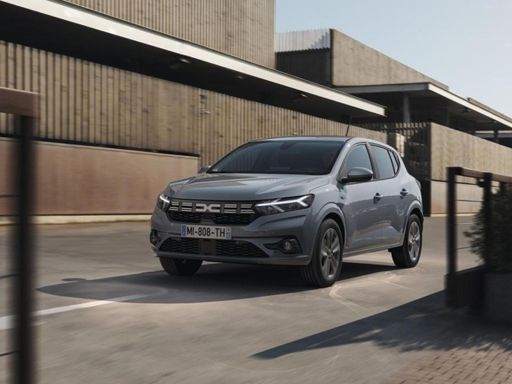 @ dacia.at
@ dacia.at
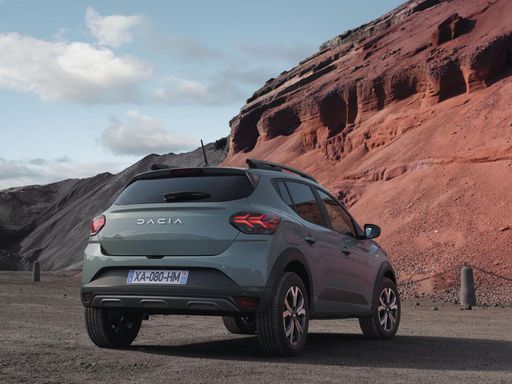 @ dacia.at
@ dacia.at
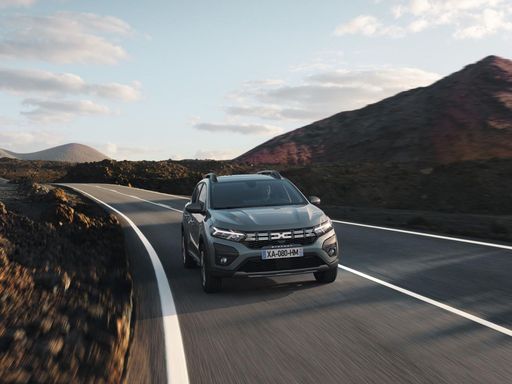 @ dacia.at
@ dacia.at
Mitsubishi ASX
The Mitsubishi ASX presents itself as a compact crossover that combines practicality with style. Its sleek design and versatile interior make it an appealing choice for both urban and rural settings. With a focus on providing a comfortable driving experience, the ASX also offers a range of modern features that enhance connectivity and safety.
details @ Mitsubishi
@ Mitsubishi
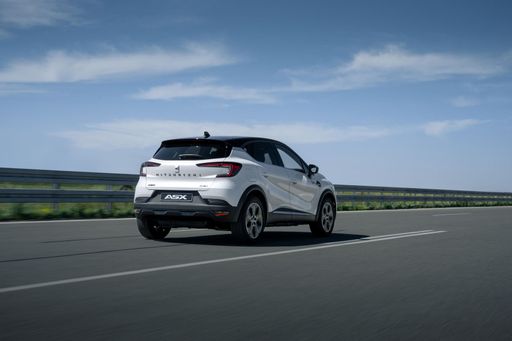 @ Mitsubishi
@ Mitsubishi
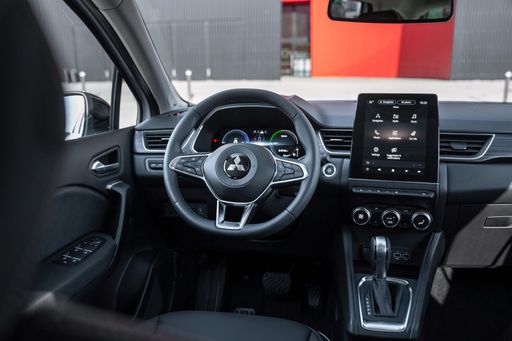 @ Mitsubishi
@ Mitsubishi
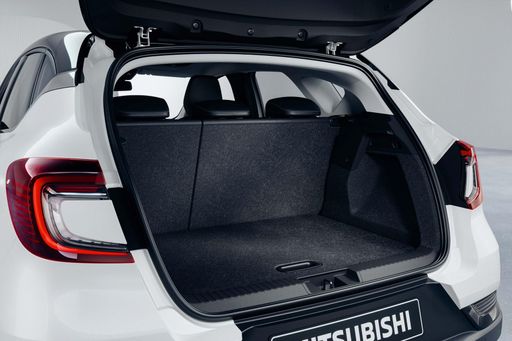 @ Mitsubishi
@ Mitsubishi

|

|
|
|
|
Costs and Consumption |
|
|---|---|
|
Price
10700 - 16700 £
|
Price
20600 - 32500 £
|
|
Consumption L/100km
5.3 - 7.1 L
|
Consumption L/100km
4.4 - 6 L
|
|
Consumption kWh/100km
-
|
Consumption kWh/100km
-
|
|
Electric Range
-
|
Electric Range
-
|
|
Battery Capacity
-
|
Battery Capacity
-
|
|
co2
105 - 140 g/km
|
co2
99 - 135 g/km
|
|
Fuel tank capacity
32 - 50 L
|
Fuel tank capacity
48 L
|
Dimensions and Body |
|
|---|---|
|
Body Type
Hatchback
|
Body Type
SUV
|
|
Seats
5
|
Seats
5
|
|
Doors
5
|
Doors
5
|
|
Curb weight
1089 - 1209 kg
|
Curb weight
1296 - 1493 kg
|
|
Trunk capacity
328 L
|
Trunk capacity
348 - 484 L
|
|
Length
4088 - 4099 mm
|
Length
4239 mm
|
|
Width
1848 mm
|
Width
1797 mm
|
|
Height
1499 - 1535 mm
|
Height
1575 mm
|
|
Max trunk capacity
1108 L
|
Max trunk capacity
1458 - 1596 L
|
|
Payload
404 - 436 kg
|
Payload
397 - 449 kg
|
Engine and Performance |
|
|---|---|
|
Engine Type
Petrol, LPG
|
Engine Type
Petrol, Petrol MHEV, Full Hybrid
|
|
Transmission
Manuel, Automatic
|
Transmission
Manuel, Automatic
|
|
Transmission Detail
Manual Gearbox, CVT
|
Transmission Detail
Manual Gearbox, Dual-Clutch Automatic, Automatic Gearbox
|
|
Drive Type
Front-Wheel Drive
|
Drive Type
Front-Wheel Drive
|
|
Power HP
67 - 110 HP
|
Power HP
91 - 158 HP
|
|
Acceleration 0-100km/h
10 - 16.7 s
|
Acceleration 0-100km/h
8.5 - 14 s
|
|
Max Speed
158 - 183 km/h
|
Max Speed
168 - 180 km/h
|
|
Torque
95 - 200 Nm
|
Torque
160 - 270 Nm
|
|
Number of Cylinders
3
|
Number of Cylinders
3 - 4
|
|
Power kW
49 - 81 kW
|
Power kW
67 - 116 kW
|
|
Engine capacity
999 cm3
|
Engine capacity
999 - 1789 cm3
|
General |
|
|---|---|
|
Model Year
2024 - 2025
|
Model Year
2024 - 2025
|
|
CO2 Efficiency Class
D, C, E
|
CO2 Efficiency Class
D, C
|
|
Brand
Dacia
|
Brand
Mitsubishi
|
What drive types are available for the Dacia Sandero?
The Dacia Sandero is available as Front-Wheel Drive.
The prices and data displayed are estimates based on German list prices and may vary by country. This information is not legally binding.
